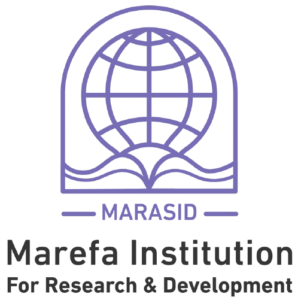Beirut, 10 December 2020 – Two Arab countries, Qatar and the United Arab Emirates, ranked second and eighth, respectively, among the ten richest countries in the world, while Egypt and Sudan ranked first and third among the five least expensive countries. These are some of the findings of a new report issued today by the United Nations Economic and Social Commission for Western Asia (ESCWA) entitled “Purchasing Power Parities and the Real Size of Arab Economies”, a regional report that presents the longest and most recent annual time series of purchasing power parities covering the years 2011 to 2019. Most countries still rely on the official exchange rate as an indicator to compare the size of their economies with others, but because most of these rates are fixed, this indicator no longer reflects the real relative value of currencies and their purchasing power across different countries. The report provides indicators and a comparative analysis of the real sizes of the economies of 12 Arab countries whose economies constitute 84% of the region’s economy, according to purchasing power parities. It also shows that the average individual material well-being in this group of countries is higher than the global average, contrary to what is reflected in the calculation at exchange rates.
Majed Skeiny, Regional Director of the International Comparison Programme at ESCWA, explained that “Purchasing power parities are important for their use in comparative economic analysis and welfare estimates, and for their role in monitoring progress towards achieving the 2030 Agenda for Sustainable Development and its goals and indicators.”


